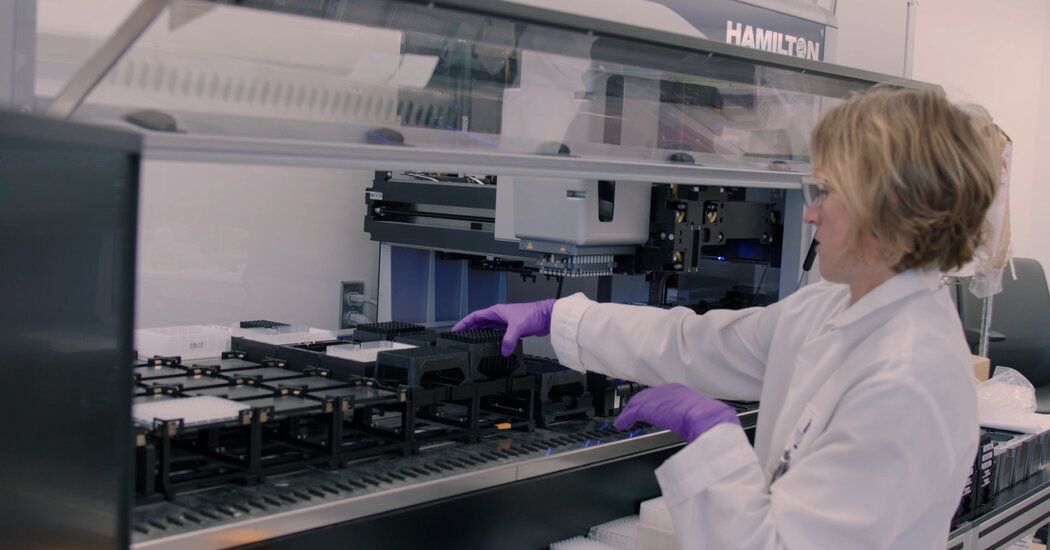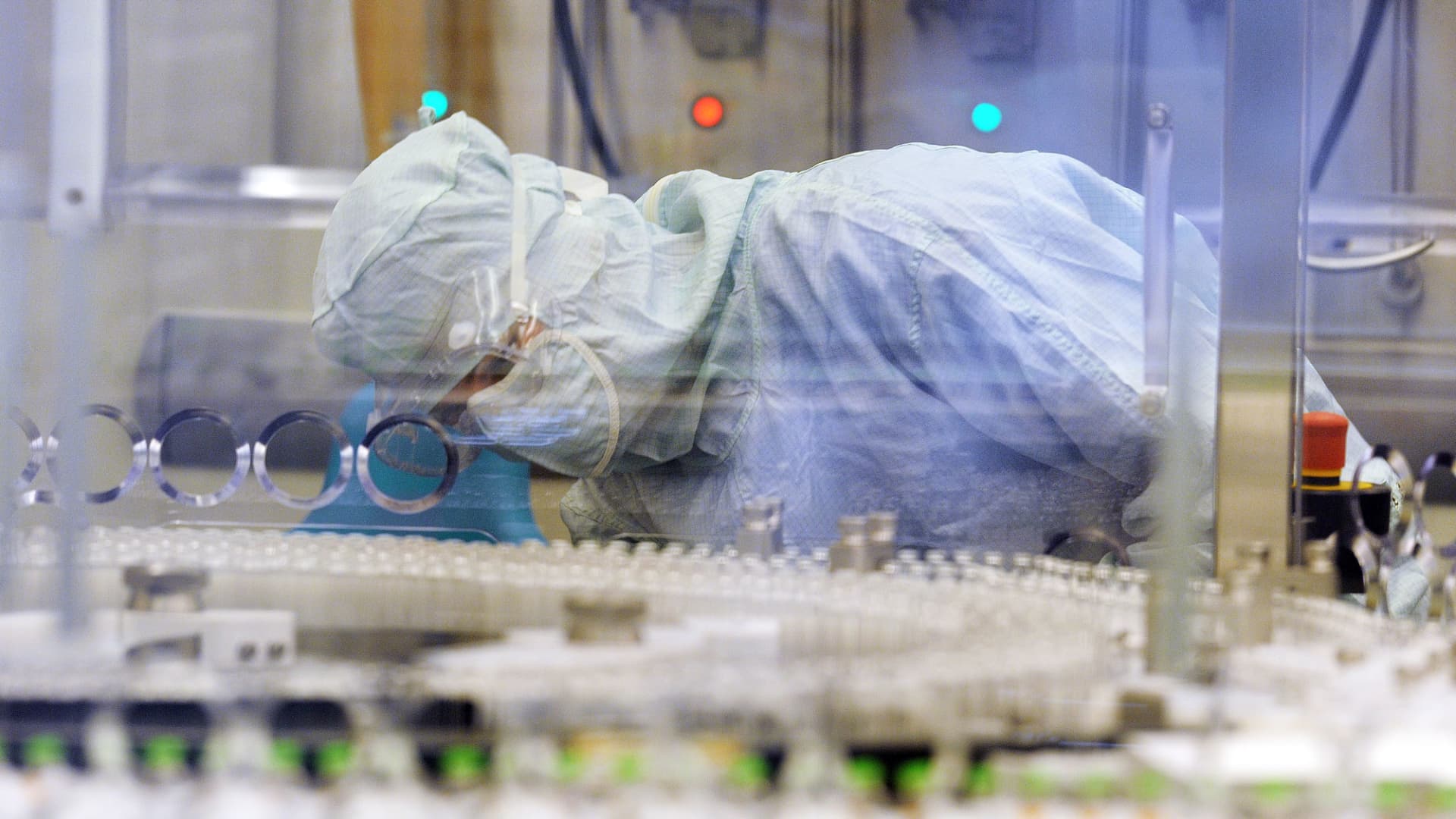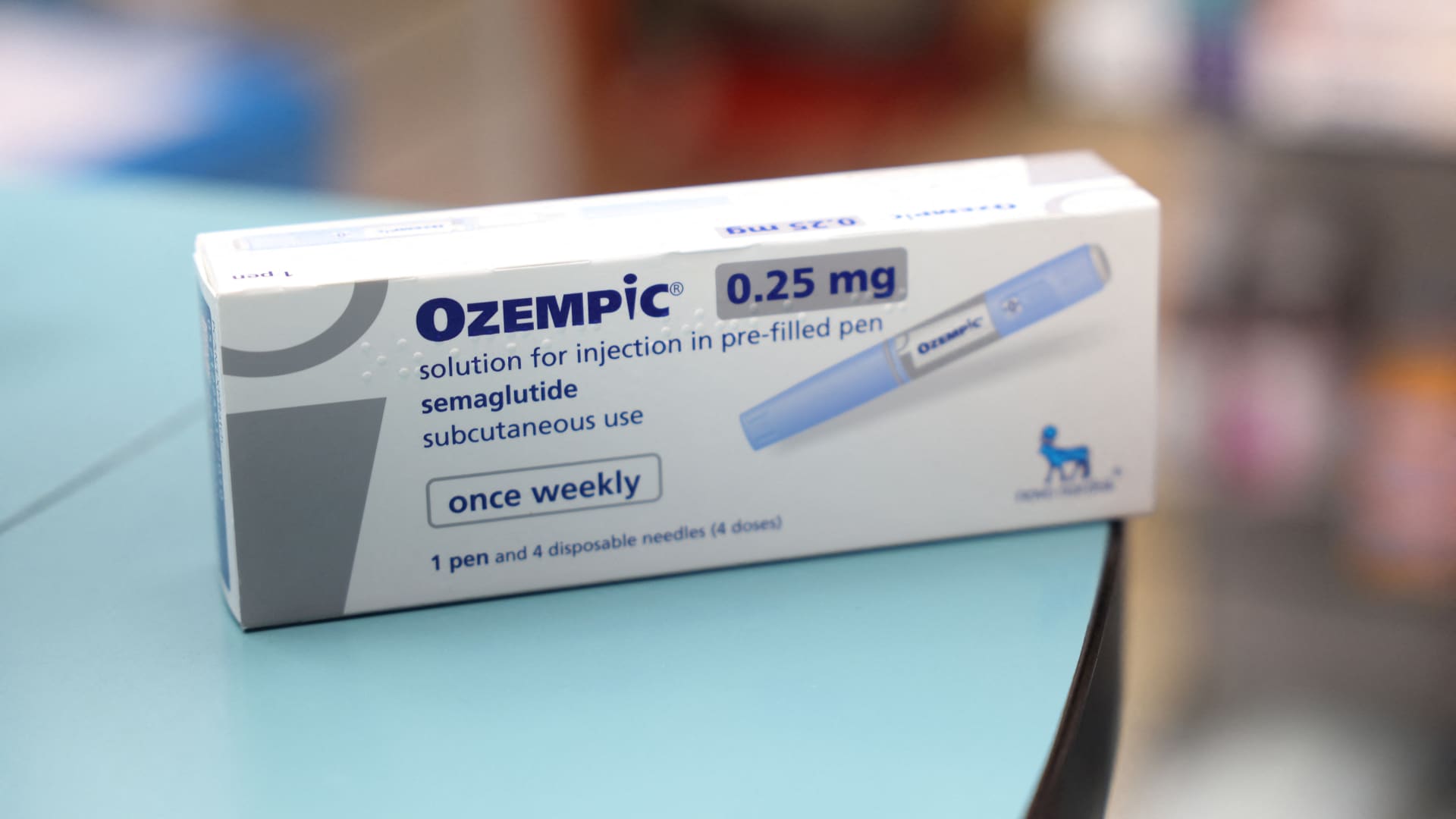Vertex Pharmaceuticals of Boston announced Tuesday that it had developed an experimental drug that relieves moderate to severe pain by blocking pain signals before they can reach the brain. It works only on peripheral nerves (those outside the brain and spinal cord), which differentiates it from opioids. Vertex says its new drug is expected to avoid opioids' potential for addiction.
The company reported that it had completed two randomized studies, the first in 1,118 people who had tummy tucks and the other in 1,073 people who had bunion surgery. The two procedures are commonly used in studies of people with acute pain, the temporary type that occurs from something like a surgical procedure and is likely to improve over time.
In its clinical trials, Vertex measured the drug's effect with a standard pain scale in which patients rated the severity of their pain from 1 to 10, with 10 being the most severe. Those who took his medication had a statistically and clinically significant reduction in pain, he reports. A third study looked at the drug's safety and tolerability in people experiencing pain due to a variety of conditions.
Encouraged by the results, which have not yet been published or presented at a meeting, Vertex plans to ask the Food and Drug Administration mid-year for approval to market the drug, a pill that, for now, is called VX-548. .
“This has the potential to be a blockbuster,” said Dr. Stephen Waxman, a professor of neurology, neuroscience and pharmacology at Yale. Dr. Waxman was not involved in the study, but the company paid him a speaking fee. He predicted that the Vertex drug would be only the first foray into this new area.
“I like to think of it as the beginning of non-addictive pain medications,” he said.
For now, most people who need relief from moderate to severe pain have two options: medications such as ibuprofen and COX-2 inhibitors, or opioids. Medications such as ibuprofen are not very effective and opioids, as is well known, can be addictive due to the way they act. There is no way to separate the effects of opioids (pain relief) from the side effects: changes in thinking, cognition, energy, and emotions.
The opioid crisis, one of the most serious public health problems in the United States, began more than two decades ago and included people who began taking pain medications but became addicted. As states tightened regulation of prescription opioids, many turned to illegal drugs like heroin and fentanyl. Although doctors are now more cautious about prescribing opioids, many still do so because there are few alternatives.
Efforts to develop a new class of drugs for pain treatment began in earnest in the 1990s. Researchers asked whether there were specific sodium channels for peripheral nerves. These are portals that open to send pain signals from the nerves to the brain and then close to stop transmitting. If there were portals that only controlled signals from peripheral nerves, that suggested the possibility that there were medications to block them and control pain without affecting the brain and without causing addiction. The pain could be stopped at its source.
So researchers began scouring the world looking for people who had genetic mutations that prevented peripheral nerves from transmitting pain signals, or that caused peripheral nerves to signal pain almost constantly. If they found those mutations, the genes involved could be targeted with drugs.
Ultimately, they found both types of mutations.
In Alabama, a genetic mutation caused a family to suffer from a condition known as burning man syndrome, which puts peripheral nerves into overdrive. People feel a throbbing pain that some say is like hot lava inside them. Any type of heat can cause it: wearing socks or a sweater or going outside when the temperature is 70 degrees Fahrenheit.
“It's a tragic disease,” Dr. Waxman said. “It literally drives some to suicide.”
After years of searching, researchers found people with a genetic mutation that caused the opposite effect. The discovery began with a teenager in Pakistan. He earned money by walking on hot coals or cutting himself with sharp knives at street shows. Members of his family had the same mutation, with “painless fractures, painless burns, painless tooth extractions and painless births,” Dr. Waxman said.
It's not that people with such mutations felt less pain, he said; “They didn't feel any pain.”
Those mutations and subsequent research led researchers to discover that two genes are needed to transmit pain, known as Nav1.7 and 1.8. He had begun the race to find a drug based on one of those genes.
“All the big companies worked on them,” said Dr. David Altshuler, chief scientific officer at Vertex Pharmaceuticals.
But it turned out to be a difficult task to find a drug that worked. Vertex, Dr. Altshuler said, spent 20 years on the project.
The result is VX-548. It inhibits Nav1.8, temporarily blocking the gene from making the protein needed for nerves to transmit pain signals.
The studies involved people with acute pain. But the company is now studying people with chronic pain due to diabetic peripheral neuropathy and patients with a type of back pain, lumbosacral radiculopathy, caused by deterioration or injury to a nerve in the lumbar spine.
For now, the Vertex drug, if approved, would only be used in a fairly limited range of conditions. The greatest need is for non-addictive drugs to control chronic pain and, although studies are being conducted, for now only those with acute pain would benefit.












